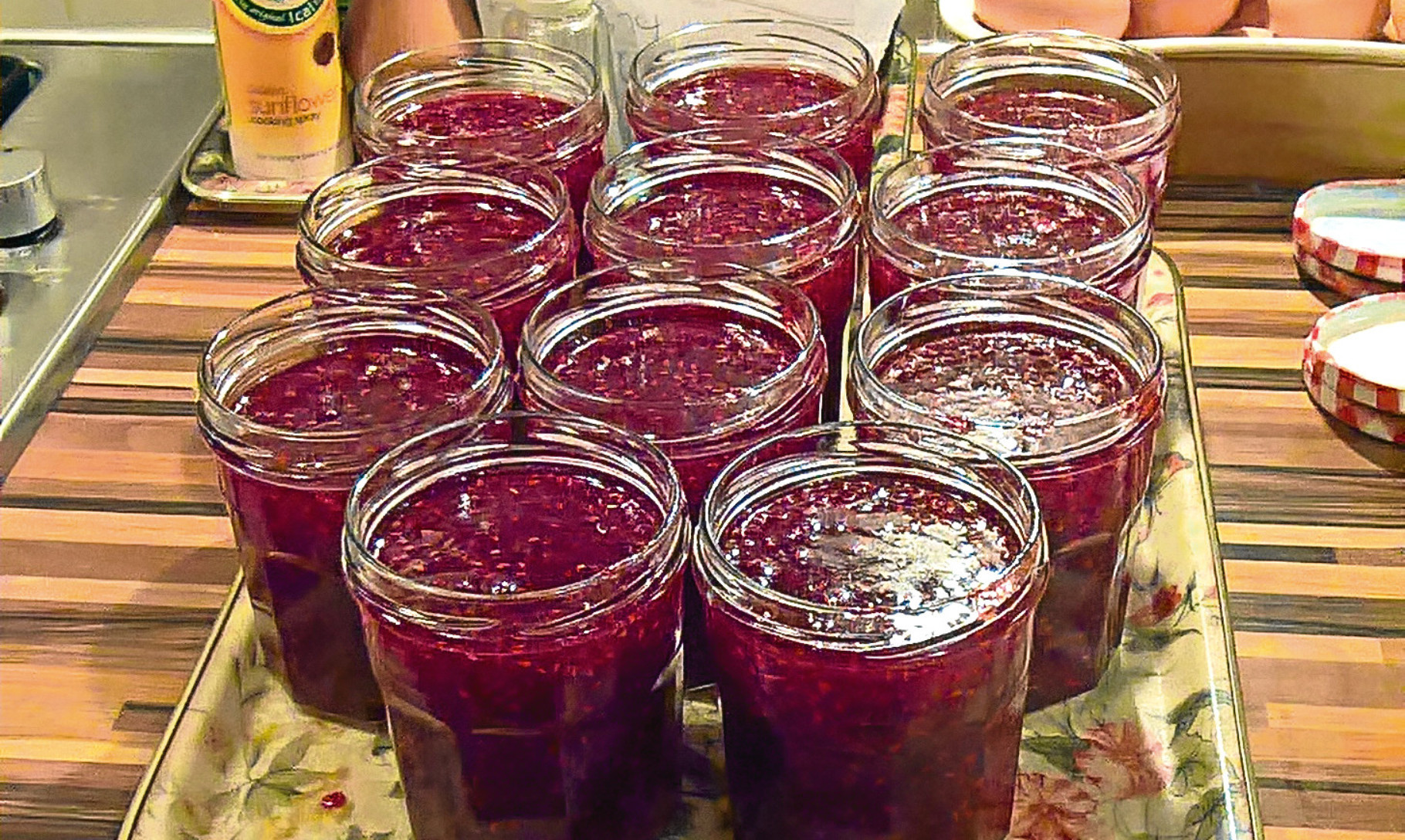They say it’s not a good idea to take your religion from hymns, but some are absolute belters and you feel better for singing them. Once in a while, a hymn resonates with my own experience, such as this one I sang last Sunday.
“Morning has broken like the first morning / Blackbird has spoken like the first bird” – sung to Bunessan, a lovely traditional Gaelic melody.
The hymnist clearly knew a thing or two about nature and wildlife.
If you awake early enough to hear the dawn chorus, it will as likely as not be the blackbird’s melodic song cycle leading the avian choir – assuming, of course, that you have blackbirds in your garden.
“Praise for the singing, praise for the morning,” she continues. Oh, that all our Scottish dawns might be like this!
There is still regular activity in one of the nesting boxes. It may be a third brood of tree sparrows as I can’t believe that the second brood haven’t fledged and left the nest.
I wouldn’t want to disturb a bird sitting on eggs to check, and anyway, it’s illegal to open nesting boxes until September, when all nesting activity is reckoned to have finished.
Having said that, 10 years ago the late, lamented Macbeth – our West Highland terrier, not the Shakespeare character – disturbed a hen pheasant sitting on seven eggs on September 10. Anyhow, a nestbox camera seems to be a must for next season.
On the morning walk with Inka, a swallow rose from the muddy edge of a puddle. I stopped a little way off to watch, and another – or perhaps it was the same one – flew down to the same puddle.
Were they collecting mud for a late nest? I don’t know. But in the same article that I reported on the September pheasant, I reported on a pair of swallows that were feeding two chicks in a nest in the garage, well after the majority of other swallows had departed to their warm winter destinations.
Monkey business
Monkey flowers, or mimulus, get their name because the flowers are supposed to resemble a monkey’s face. I don’t see it at all; they are much more like snapdragons.
Monkey flowers were introduced from America in the 19th Century and have become sufficiently naturalised to be included as a Scottish wild flower in Mary McMurtrie’s representative list.
Like so many non-native species, they have escaped into the wild. They’ve not become invasive in the north-east and I come across isolated patches along stream banks and in damp places. Look out for their bright yellow flowers with spots, like spatters of blood, in the throat of the flower.
Inka and I took a turn round by the lochan at the foot of Glenesk. It rarely fails to entertain, and once in a while it comes up with the unexpected.
There were the usual resident mallards, noisily coffee-shopping among themselves. Just one duck was fussing over three ducklings.
The tufted duck and widgeon have gone. I’ve no idea why and it may only be temporary. A pair of coots and their sooty, downy chicks were pottering among the reeds at the top of the lochan.
There are more dabchicks than ever – the explanation is that most are well-grown juveniles. They can swim and dive almost as soon as they are out of the egg. I lost count of how many there were because they were diving and popping up like corks all over the place.
The unexpected was a solitary Canada goose, which had probably gone on flyabout from Montrose Basin.
They are more common in Scotland now and are beginning to be regarded as resident birds. From experience of these casual visitors to the lochan, it will be gone the next time we’re up there.
Feverish activity
It’s the time of year when the doyenne gets hedgerow harvest fever. It starts with making my favourite elderflower cordial. There’s nothing so restorative – as Bertie Wooster would say – after cutting grass on a hot afternoon, than a long glass of cordial with crushed ice and several crushed mint leaves to give it a zingy finale.
Once the soft fruit is available, out comes her mother’s brass jelly pan, which weighs a ton, and the kitchen resembles the witches’ cavern in Shakespeare’s Macbeth – dark, steaming brews foaming and writhing in the pan.
The raspberry jam is made and, as I write, strawberry conserve – which is made in four stages – is bubbling ominously. Next there will be wild raspberries and rowans, then brambles – “purple treasure” as the grandchildren call them.
No sooner has the latest boiling set in the jars than the doyenne dishes it out to all and sundry, and the family descend on it like gannets. Snow has more chance of staying on the dyke than I do of getting more than a couple of spoonfuls of homemade jam on my toast.


